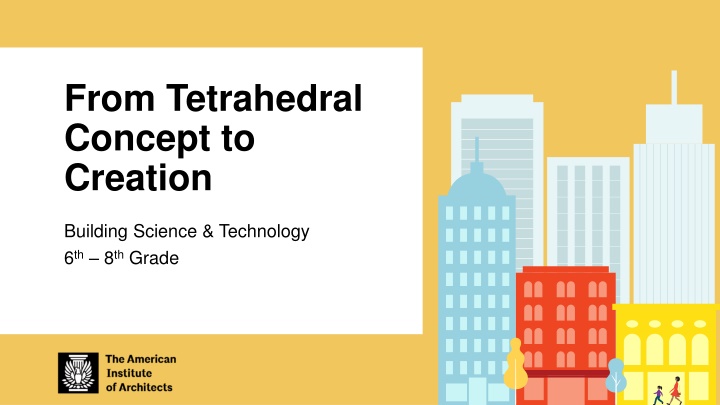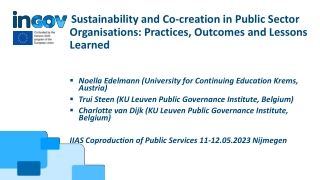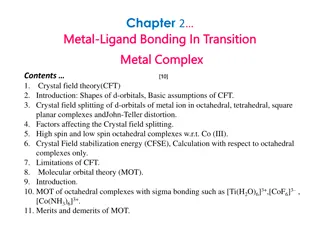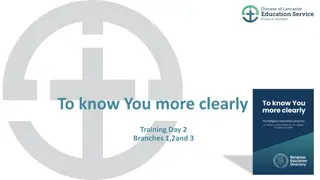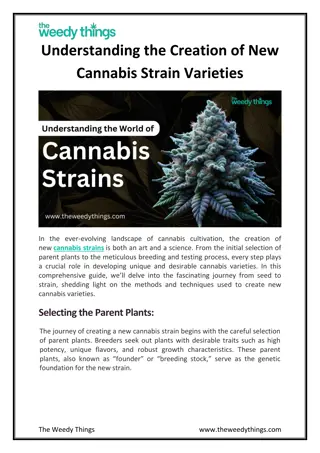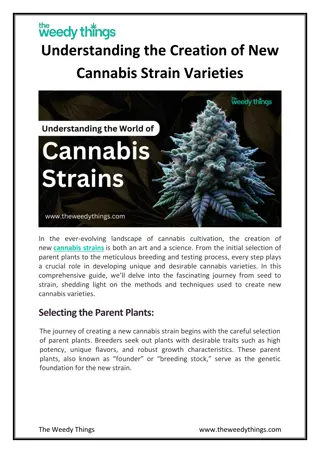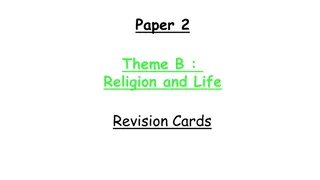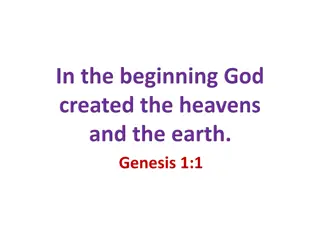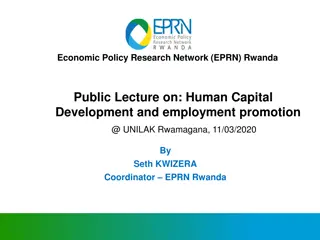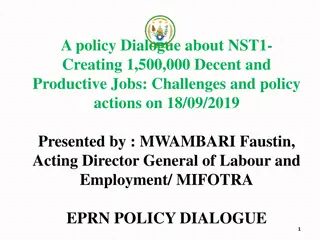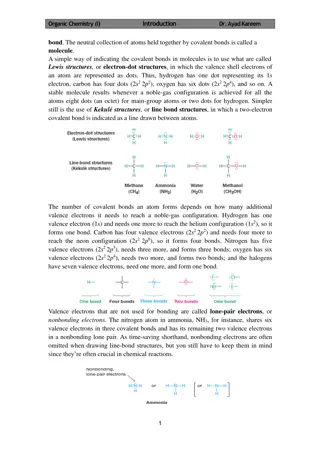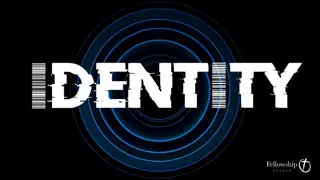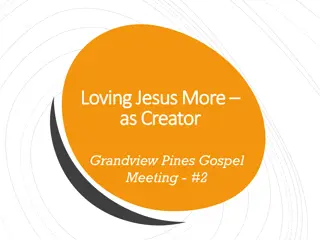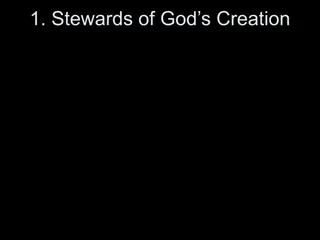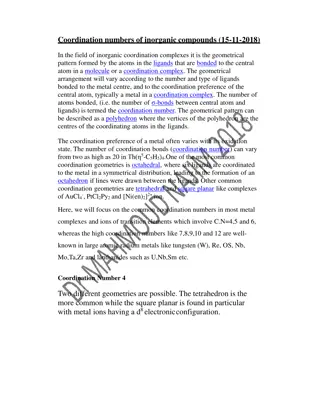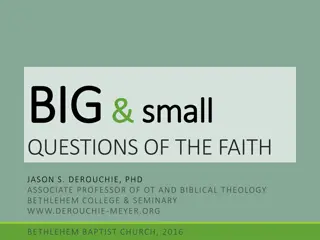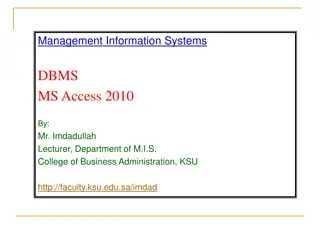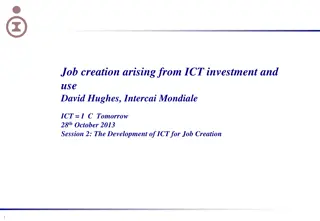From Tetrahedral Concept to Creation
Delve into the fascinating world of building science and technology through a unique exploration of the tetrahedral concept. This educational resource is designed for 6th to 8th-grade students, offering insights into the principles behind architectural creation. From theoretical foundations to practical applications, this content ignites curiosity and sparks innovation in young minds interested in the intersection of geometry, engineering, and design.
Download Presentation

Please find below an Image/Link to download the presentation.
The content on the website is provided AS IS for your information and personal use only. It may not be sold, licensed, or shared on other websites without obtaining consent from the author.If you encounter any issues during the download, it is possible that the publisher has removed the file from their server.
You are allowed to download the files provided on this website for personal or commercial use, subject to the condition that they are used lawfully. All files are the property of their respective owners.
The content on the website is provided AS IS for your information and personal use only. It may not be sold, licensed, or shared on other websites without obtaining consent from the author.
E N D
Presentation Transcript
From Tetrahedral Concept to Creation Building Science & Technology 6th 8thGrade
Overview: An architect has asked you to design a building using tetrahedral structures. Students will demonstrate their understanding of tetrahedrons and the strength they provide to structures.
Table of Contents Problem Guide Problem Resources Student Problem Key Facts Need to Knows Learning Issues Additional Information Interdisciplinary Connections Hypotheses Learning Issue Resource Guide Final Product/Writing Guide Rubric 4 5 6 7 8 9 10 11 12 13 14 15
Problem Guide Timeframe This lesson plan will take approximately five weeks. Have each team begin a list of POSSIBLE HYPOTHESES [page 12]. Step-by-step guide Allow teams to research and explore the LEARNING ISSUES [pages 9 & 13]. Put students into teams of three to five members. Teams reevaluate their POSSIBLE HYPOTHESES [page 12] and determine one DEFENDABLE SOLUTION for the Final Product [page 14]. Ask for a volunteer to read the STUDENT PROBLEM aloud [page 6]. As a whole group, ask students to list What We Know [KEY FACTS, page 7]. Teams create and present their DEFENDABLE SOLUTION [page 14]. Have each team create a list of What We Need to Know [NEED TO KNOWS & LEARNING ISSUES, pages 8 and 9].
Problem Resources Resources provided Included with this case are: Teach Engineering History and Testing Shapes of Strength for Buildings Website Teach Engineering Triangles and Trusses Website Curbed New York Bjarke Ingles Tetrahedron Building Website PBS Shapes that Make Structures Strong Website Why are Triangles Stronger than Squares? Video Terrific Tetrahedrons Activity
Student Problem For your science fair project this year, you have chosen to display tetrahedral structures in a variety of ways to demonstrate their cohesiveness and strength. Triangles are generally considered the strongest shape, making the tetrahedron a strong structural element in everything from atomic bonding to electrical components. An architect sees your project and finds it interesting. She asks that you design a building using the same structure combinations you have used in your project and explain the concept of tetrahedral strength in a presentation to her firm. Consider: What is a tetrahedral structure? How can you combine tetrahedrons to create a building?
Key Facts You have chosen to display tetrahedral structures at this year s science fair. Your science fair project demonstrates the strength and cohesiveness of tetrahedral structures. Triangles are considered a strong shape. The tetrahedron is a strong structural element in everything from atomic bonding to electrical components. An architect finds your project interesting. The architect has asked you to design a building using tetrahedral structures. The architect would like you to explain the concept of tetrahedral strength in a presentation to her firm.
Need to Knows Need to Knows Need to Know Answers What tetrahedral structure combinations did we use in our science fair project? How tall does the building need to be? How will we present our design? Facilitator may provide teams with common tetrahedral structural combinations or allow them to research the combinations on their own. Facilitator may choose dimensions based on the ability level of the students. Facilitator may decide how students will present their final product to the firm, with a focus on the drawing and building of a prototype.
Learning Issues Learning Issues Learning Issue Resources What is a tetrahedron? Where does the strength of a tetrahedron come from? How do tetrahedral shapes fit together? Is the tetrahedron only functional or does it have aesthetic value as well? How can you combine tetrahedrons to create a building structure? Students will investigate using the Learning Issue Resource Guide, page 13.
Additional Information Students should individually generate at least one possible hypothesis to bring to their team. As a team, students will define their problem statement and generate multiple hypotheses for possible solutions. Teams can demonstrate their understanding of the strength of tetrahedrons by designing and drawing a prototype of a building structure. The facilitator may decide what materials and technology may be used to test possible solutions. Teams should reevaluate their possible hypotheses after testing possible solutions and choose one to create their presentation.
Interdisciplinary Connections Math: Art: Geometry Solving real-world problems Science: Investigation and evaluation English: Research practices Presentation practices Social Studies: City development Complementary function and design Social/Emotional: How to work in teams and problem solving
Hypotheses Hypotheses will vary by each team s design of the building using tetrahedral structures. Hypotheses will vary by each team s reasoning behind the tetrahedral structures chosen in the building s design.
Learning Issue Resource Guide Teach Engineering History and Testing Shapes of Strength for Buildings www.teachengineering.org/activities/view/cub_intr o_lesson01_activity1 Why Are Triangles Stronger than Squares? Video www.youtube.com/watch?v=AoS0UvVfxRQ Facilitation Tip: The facilitator may allow teams a few minutes to research learning issues using these websites or may prepare simple handouts for students using these sites as a source. Preparing handouts will reduce the amount of time teams spend researching. Teach Engineering Triangles and Trusses www.teachengineering.org/lessons/view/cub_trusse s_lesson01 Curbed New York Bjarke Ingels Tetrahedron Building ny.curbed.com/2016/6/23/12008298/bjark e-ingels-tetrahedron-best-tall-building-nyc PBS Shapes that Make Structures Strong unctv.pbslearningmedia.org/resource/phy03.sci. phys.mfw.lp_shapes/shapes-that-make- structures-strong/#.XfKkdNVKhhE Hands-on Extension Activities: Terrific Tetrahedrons
Final Product and Writing Guide Team Each team will create and present their tetrahedral building that demonstrates the strength of the building shapes regardless of the materials.
Rubric Final Product and Writing Guide Above Average Three points each Two points each Average Below Average One point each No Evidence Zero points each Area Points Team Each team will create and present their design for the new downtown park. Teams will include an explanation of the accessible and sustainable design features that demonstrate their understanding of an equitable community space. Solution and defense well presented Few Learning Issues addressed One hypothesis present Low-quality final product All Learning Issues addressed Three or more hypotheses present High-quality final product Most Learning Issues addressed Two hypotheses present Roles somewhat defined Fair-quality final product No Learning Issues addressed No hypotheses present No final product Final Product Problem Summary, Learning Issues, & new information integrated and well presented Hypotheses well presented Problem Summary, Learning Issues, & new information integrated and presented Hypotheses presented Solution and defense presented Problem Summary, Learning Issues, & new information integrated and poorly presented Hypotheses poorly presented Solution and defense poorly presented Problem Summary, Learning Issues, & new information integrated and not presented Hypotheses not presented Solution and defense not presented Writing Assessment Individual works well with group members Individual communicates well with group members Individual carries out their individual responsibilities Individual works acceptably with group members Individual communicates acceptably with group Individual mostly carries out their individual responsibilities Individual does not work well with group members Individual does not communicate well with group members Individual attempts but fails to carry out individual responsibilities Individual interferes with group members Individual does not communicate at all Individual does not attempt to carry out their individual responsibilities Collaboration 24 27 Points = Above Average 15 23 Points = Average 6 14 Points = Below Average 0 6 Points = Failing
Final Product and Writing Guide Team Each team will create and present their design for the new downtown park. Teams will include an explanation of the accessible and sustainable design features that demonstrate their understanding of an equitable community space. Project consultants: Center of Excellence for Research, Teaching and Learning (CERTL) at Wake Forest School of Medicine
